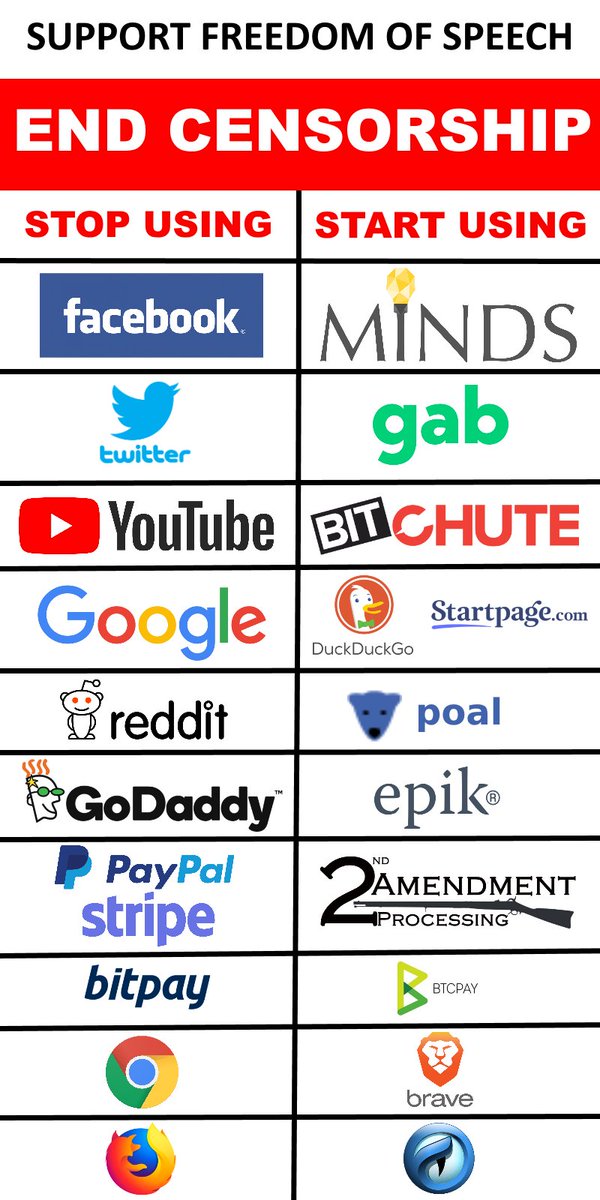Out of long list of what you could do during lockdown’s, somewhere at the top was to rent/move to cottage in woods with good internet connection. As much as you might lough, one of the side effects of tele-working is that flats stand out as the worst places to telework from. You get all the discomfort of busy place (yes, think you, spouse and 2 kids in house scenario) with, ehm, no extras to compensate (and few kilos of body-fat as side effect). This trend goes hand in hand with States reprofiling (mentioned in this year’s trends as well).
But this “trash-the-office” mega trend will have another effect to adapt to. Vast empty office spaces. In many cities developers have built new shiny office towers in hope of luring the businesses from office complexes of the previous decades. After all, who would not like to boast in HR interview with all the Google-like perks? As a result, in many locations the (total) supply of office space (including the clumsy ones) was already pre-COVID slightly about demand. Now factor in few businesses going bust, many realizing that they do not need permanent office, and you end-up with plethora of hollow floors or even entire buildings.
So, what happens next? Small cities and communities will feel inflow, especially those close to pleasant nature habitat. End empty office spaces will turn into what there is already shortage in many metropoles: individual housing. Some urban planners even go as far as suggesting that shopping malls (hit by e-commerce habit being created) will need to convert some parts into in-house-parks or other amenities to attract the human flow needed for their business operation.


 You may or may not have come across the term Alt-tech. Sparing you with too much of the details, Alternative-Tech scene (or Alt-tech) is movement that tries to create alternatives to digital Goliaths of Google and Facebook type. The underlying motivation behind building alternatives to digital mega services is to “bring back freedom to internet” (read as addressing whatever injustice the big players had done to internet life in their rise to dominance). Free speech and anit-censorship is most often cited propeller of the movement. The argument goes that you can’t really access if Google search is returning the right thing if there is no real alternative to, ehm do you hear me saying, “googling” first place. One of the typical “comparing banners” is attached here:
You may or may not have come across the term Alt-tech. Sparing you with too much of the details, Alternative-Tech scene (or Alt-tech) is movement that tries to create alternatives to digital Goliaths of Google and Facebook type. The underlying motivation behind building alternatives to digital mega services is to “bring back freedom to internet” (read as addressing whatever injustice the big players had done to internet life in their rise to dominance). Free speech and anit-censorship is most often cited propeller of the movement. The argument goes that you can’t really access if Google search is returning the right thing if there is no real alternative to, ehm do you hear me saying, “googling” first place. One of the typical “comparing banners” is attached here: